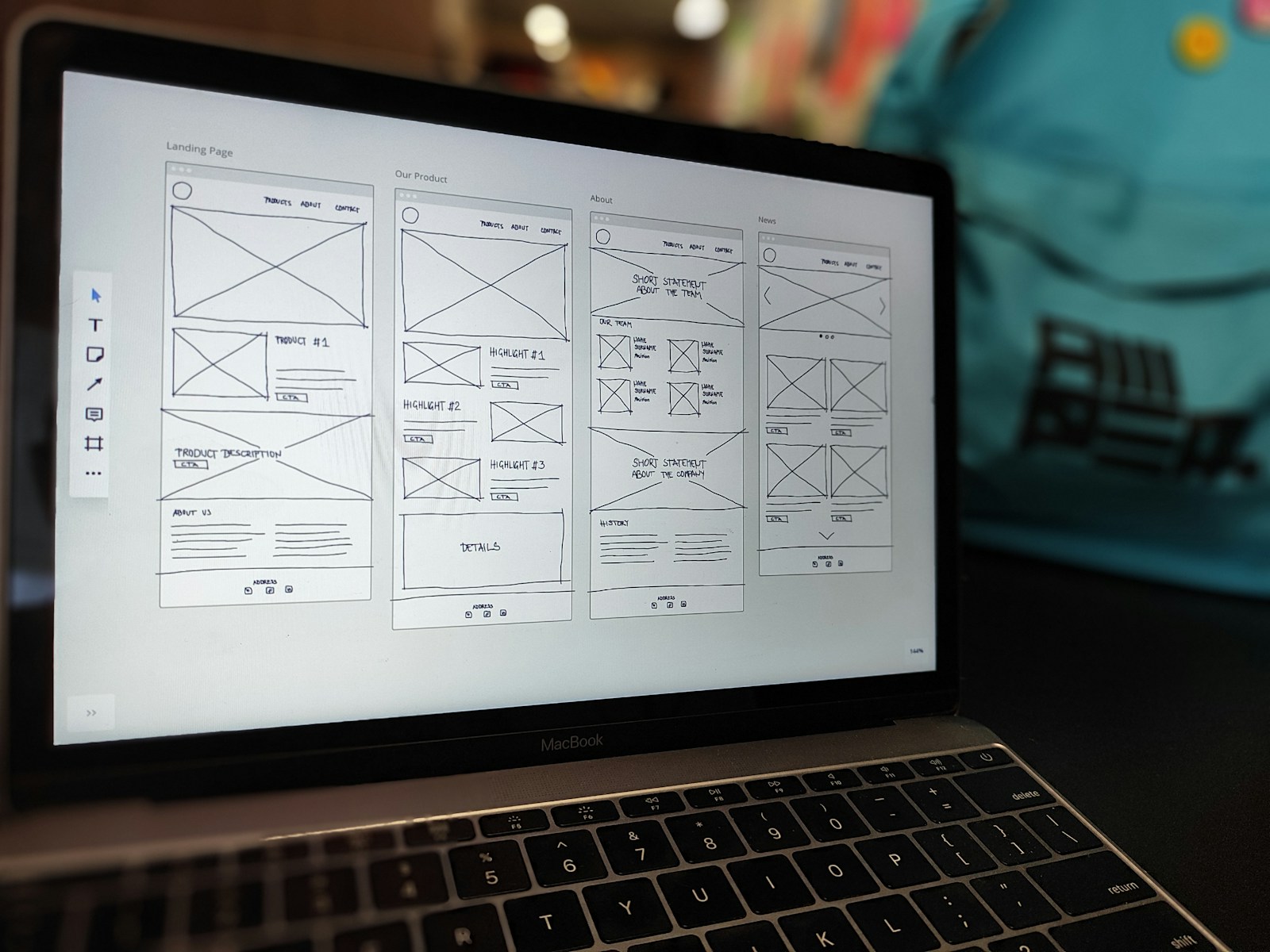It’s vital to examine into the world of psychology to understand what makes UI/UX design strategies effective. By uncovering the emotional triggers, cognitive biases, and behavioral patterns that influence how users interact with websites and apps, designers can create experiences that are not only visually appealing but also engaging, intuitive, and memorable. This blog post will explore the psychological principles that drive user behavior and provide insights into how to implement them in your design process to optimize user satisfaction and conversion rates.
Table of Contents
Understanding User Behavior
Cognitive Psychology and Design Choices
For effective UI/UX design, it is crucial to consider cognitive psychology principles that influence user behavior. Understanding how users perceive, process information, and make decisions can help designers create intuitive and user-friendly interfaces. Cognitive load, attention, memory, and decision-making processes all play a significant role in design choices.
Emotional Responses to Visual Elements
To design an impactful user experience, it is important to acknowledge the role of emotions in user interactions. Visual elements such as color, typography, images, and spacing can evoke emotional responses that influence user engagement and decision-making on a website or app. Understanding how these elements trigger emotions can help designers create a more immersive and compelling user experience.
Elements such as color psychology and typography can greatly impact how users feel and behave on a digital platform. Using the right visual elements strategically can enhance the overall user experience and drive desired actions.
Understanding the relationship between emotional responses and visual elements can help designers create more user-centric interfaces. By leveraging emotional design strategies, designers can establish a deeper connection with users, increase brand loyalty, and ultimately improve the overall user experience.
Principles of Effective UI/UX Design
Consistency and Familiarity
For a successful UI/UX design, consistency and familiarity are important. You want users to have a seamless experience navigating through your interface without having to relearn how to interact with different elements. By maintaining consistency in design elements such as colors, fonts, and layout, you establish a sense of predictability that users appreciate and trust.
Accessibility and Usability
Any effective UI/UX design should prioritize accessibility and usability. Your design should be intuitive and user-friendly for individuals of all abilities. Making your interface accessible to everyone not only expands your potential user base but also demonstrates a commitment to inclusivity. Pay attention to aspects such as font size, color contrast, and navigational ease to ensure a seamless experience for all users.
Consistency: Maintaining consistency in design elements across your interface helps users feel comfortable and familiar with your product. This fosters trust and enhances the overall user experience. Inconsistencies can lead to confusion and frustration, ultimately driving users away from your platform.
Enhancing User Experience
The Role of Color and Typography
All effective UI/UX designers understand the impact of color and typography on user experience. Color can evoke emotions and convey messages, while typography plays a crucial role in readability and visual hierarchy. It is imperative to carefully select colors that align with the brand identity and resonate with the target audience. Similarly, typography should be chosen based on legibility and the overall design aesthetic to enhance the user’s experience on the website or application.
Navigational Clarity and Information Architecture
For a seamless user experience, navigational clarity and information architecture are paramount. Easy navigation ensures users can find what they are looking for quickly, leading to increased engagement and satisfaction. A well-structured information architecture simplifies the user journey, guiding them effortlessly through the content and features of the interface.
User experience is heavily influenced by the ease of navigation and the clear organization of information on a website or application. Intuitive navigation allows users to locate desired content efficiently, enhancing their overall experience. Effective information architecture ensures that the content is logically organized, making it easier for users to find what they need without feeling overwhelmed.
Evaluating UI/UX Effectiveness
User Testing and Feedback Loops
UIUX Once again, user testing and feedback loops are crucial components in evaluating the effectiveness of a UI/UX design. By observing how real users interact with the interface and collecting their feedback, designers can pinpoint pain points and areas of improvement. This iterative process ensures that the final product is not only aesthetically pleasing but also functional and user-friendly.
Metrics and Analytics for Continuous Improvement
To enhance the UI/UX design further, metrics and analytics play a vital role in providing valuable insights. By tracking user behavior, such as click-through rates, bounce rates, and conversion rates, designers can identify key performance indicators and make informed decisions for continuous improvement. This data-driven approach allows for targeted enhancements to be made based on real user interactions.
This data-driven approach allows designers to optimize the UI/UX design iteratively rather than relying solely on intuition. By analyzing user interactions and behavior, designers can identify trends and patterns that can inform future design decisions. Continuous monitoring and analysis can lead to a significantly improved user experience over time.
Summing up
Effective UI/UX design strategies play a crucial role in the success of digital products and services. By understanding human behavior, cognitive psychology, and user preferences, designers can create interfaces that are intuitive, engaging, and easy to use. Implementing user-centered design principles, such as clear navigation, minimalistic design, and consistent feedback, can enhance the overall user experience and drive user satisfaction and loyalty. By incorporating psychological principles into UI/UX design, designers can create products that not only meet users’ needs but also evoke positive emotions and connections. It is important for designers to continually research, test, and iterate their designs to ensure they are meeting users’ evolving needs and expectations. By prioritizing user experience and the psychological aspects of design, designers can create truly impactful and successful digital experiences.



